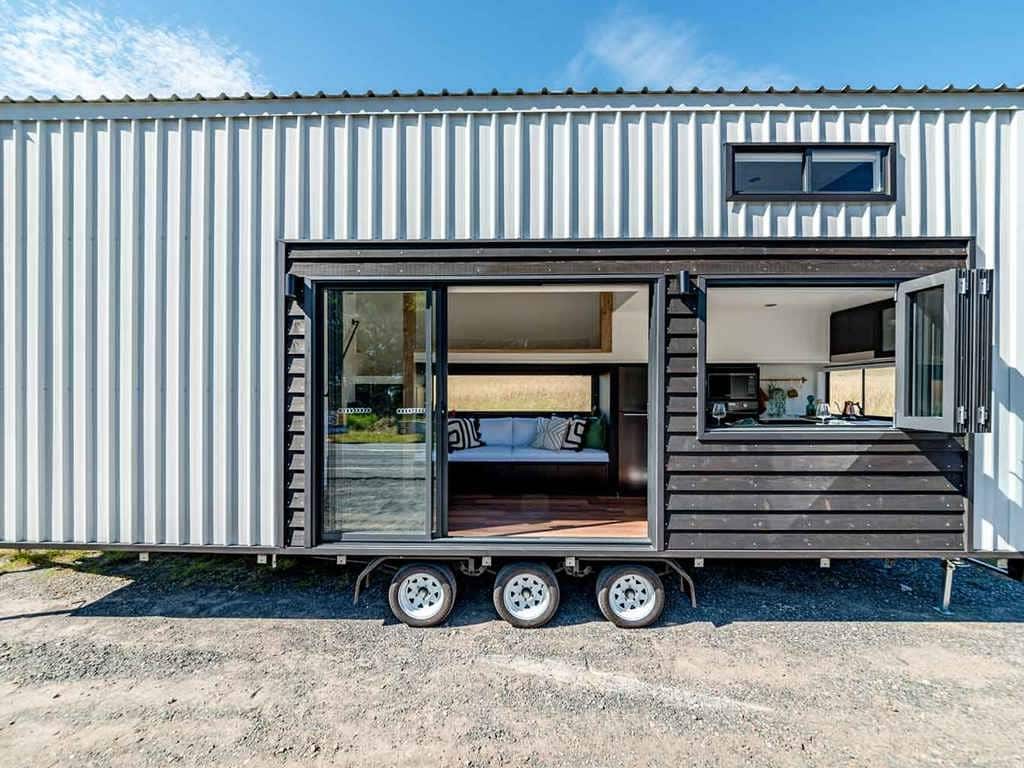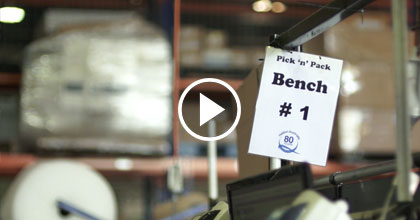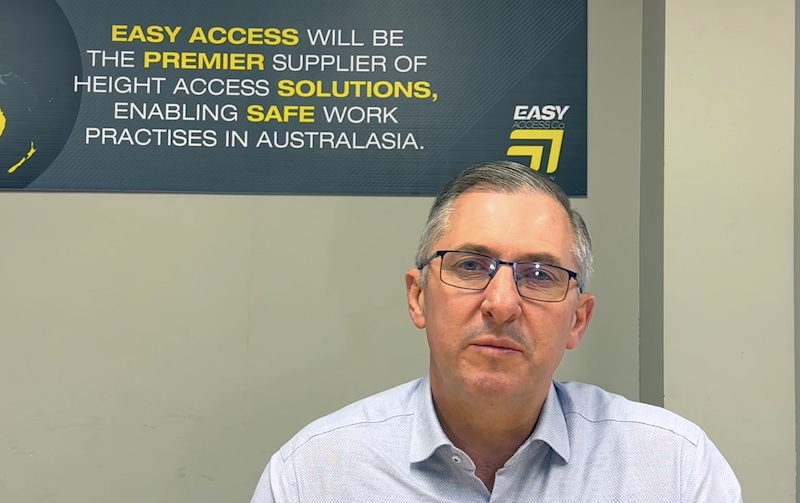At a point in the growth cycle of most businesses they inevitably face what we call “the squeeze”. This is when increasing complexity starts to overwhelm the business processes and systems of management. The business then gets squeezed by rising overheads, falling efficiency, capacity constraints and cash flow challenges. These then often combine with poor delivery and quality performance to constrain the growth of the business.
When faced with “the squeeze”, many manufacturing businesses make the same five mistakes – that make their problem worse!
- Seeing the Solution in Software
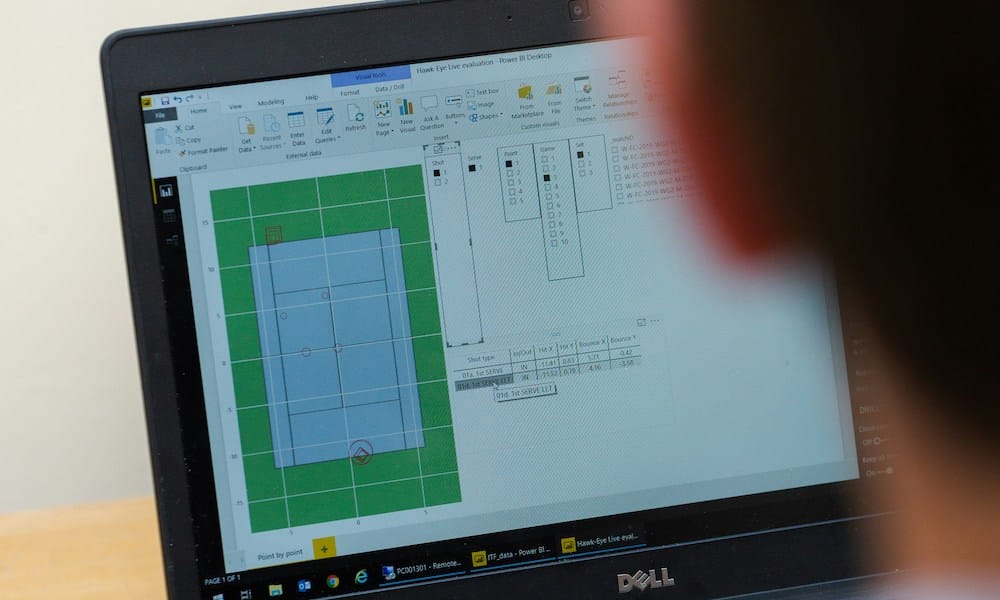
Many business leaders, seeing the confusion in their business and frustrated by their lack of visibility of what is going on, seek the solution in software. Usually this involves ERP software – which is often sold as the “all singing, all dancing” software solution to everything. In fact, implementing ERP software is most likely to make the confusion worse. All you have done is spend a lot of money automating the chaos!
- Looking for the Superhero
Another common mistake is to go looking for a brilliant Operations Manager or General Manager that can come in and put everything to right. Sometimes you might get lucky, but not often. In reality “the squeeze” eats managers for lunch. Pretty soon you will be seeing your brilliant highly paid executive as part of the problem, not part of the solution and looking for a “new superhero”. We know businesses that have changed operations manager 10 times in 10 years.
- Buying the Big Machine that Goes Faster
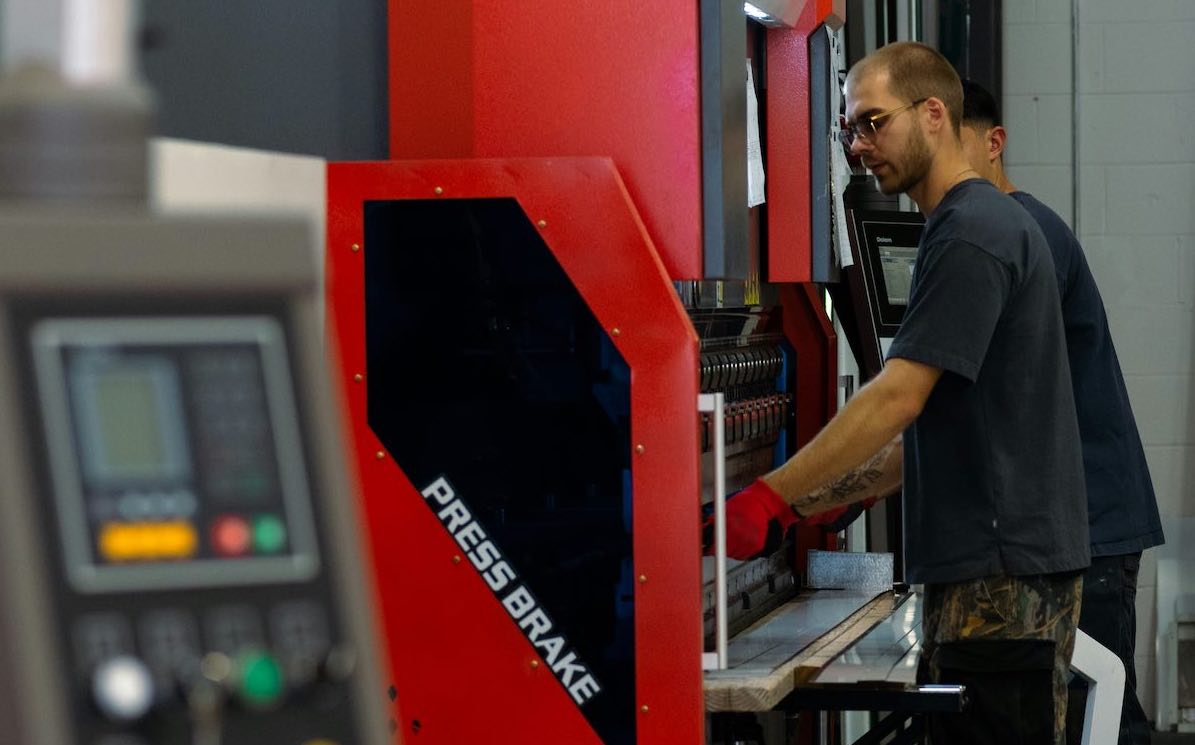
Maybe if you could buy the latest piece of technology that produces twice as fast with half the labour then you would improve your costs and margins. This looks good on paper, but the problem with the big machine is that it usually produces double the inventory, costs double the amount to run and service and does not fix the underlying process and people problems in your business. Too often growing manufacturing business buy new machines without thoroughly understanding the return on investment. They saddle themselves with a lot of debt and cost that make “the squeeze” much worse! And then your competitor buys the big machine that goes even faster, and those cost savings just get passed on to the customer.
- Giving the Problem to Someone Else
Also known as outsourcing, and it seemed like a pretty good strategy over the past 20 years – until it wasn’t. Getting someone in the developing world make your product might seem like a good idea until you find a quality issue and have three months’ worth of stock in the warehouse or on the water, cannot get supply at all or your supplier steals your intellectual property. Inevitably when you source from offshore, your unit costs might be lower, but you will have to fund more inventory, sacrifice flexibility to meet customer needs and increase risks of shortages and quality issues. That’s not to mention wars, pandemics, and currency fluctuations.
- A Bigger Factory
Most businesses feeling “the squeeze” are also squeezed for space. If only they had a bigger factory they could spread out and get better flow. However, in most factories we visit less than 50% of space is used productively. Instead, we constantly see factories that are filled with work in progress, criss-crossed by a veritable freeway system of forklift aisles and with piles of waste everywhere. The bigger factory just means that this mess gets spread out further giving staff further to walk and forklifts further to drive. Without the right thinking a bigger factory can be LESS efficient than a smaller factory. And then you have the extra rent and building costs that all that space involves.




